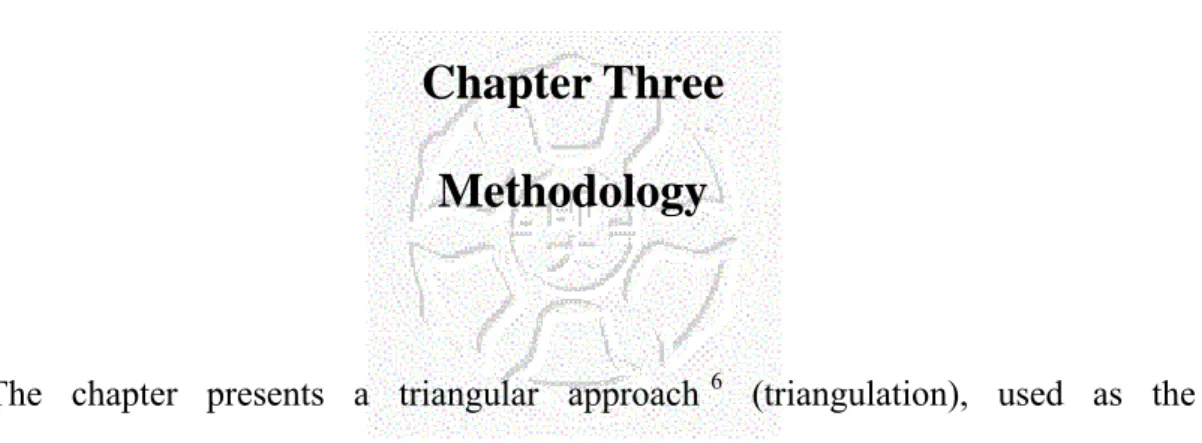Chapter Three Methodology
The chapter presents a triangular approach
6(triangulation), used as the methodology to investigate the effectiveness of the study, followed by a pilot study, and the Instruments in this study.
3.1 Subjects
Eighty-six students from National Hsin Tien Senior High School helped complete this study. The Experimental Group (Class 302) and the Control Group (Class 308) are almost of the same size but their experiences in writing were quite different.
Students of class 302 started writing in March 2001, whereas those in class 308 did not receive any well-organized writing training until September 2001. Two English teachers taught the two survey groups respectively when they were in the second year.
And it was until their third year they were taught by the same teacher (the researcher).
Therefore, the two groups have difference in their background in terms of the training teaching.
Table 3.1 Learning Experience of the Survey Groups
Class Process writing Free writing
302 Yes. From March to July
2001.
Yes. From Sep. to Nov.
2001
308 No. Yes. From Sep. 2001
6
